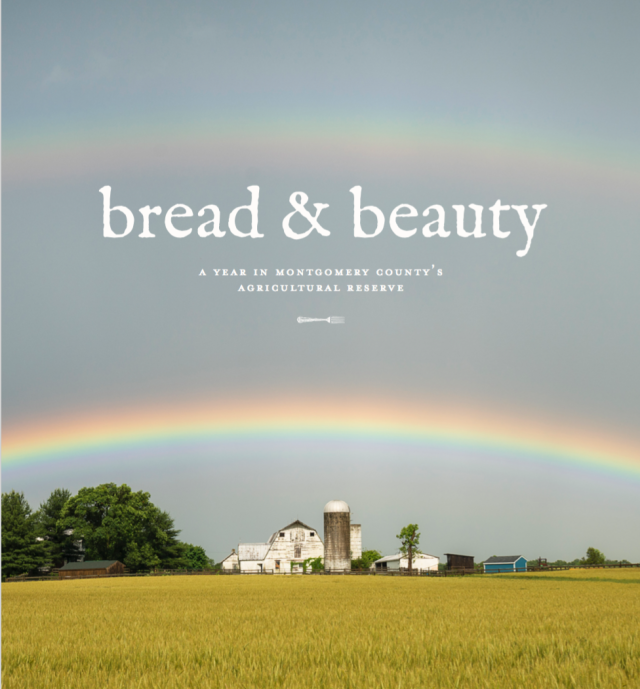
Local Dirt, Seasonal Recipes for Eating Close to Home
by Andrea Bemus, Harper Collins 2020
Here’s how it started with this book. At first I thought, sure, eating local is easy if you live and work on a farm, But as I flipped through the seasonal recipes I remembered those few leaves of kale and the two purple potatoes left over from my latest CSA delivery. More kale–it can be dispiriting.
So I followed Andrea Bemis’s advice to “localize it” and swapped the parsnips for potatoes in her recipe for Cozy Lentil Stew with Kale and Parsnips. The warm spices–cumin, pepper, and smoked paprika–were just the thing for the first nippy night of the changing season.
I’m ready to “localize” Pumpkin Honey Bread, swapping, as Bemis suggests pumpkin for acorn squash and honey for maple syrup. This approach makes cooking and eating with local ingredients realistic and creative.
Bemis, who farms in north central Oregon and suggests asking three questions about your food–is it good for you, good for the planet, and good for your community. An occasional bag of cheetos isn’t the end of the world, but getting more local food into your diet can improve your health, lower pollution created by producing and shipping industrial-scale food, and can provide local jobs and maintain local communities. Kale–even a lot of it–is a good thing!
She’s been through a thoughtful food process, moving away from meat and dairy, and then returning to them, when they are farmed locally and responsibly. Instead of thinking of eating locally in terms of challenges and limitations, Bemis finds herself and her table rooted in the community and the seasons.
Amid stories of outings with day-boat albacore fisherman, a ranch lunch with cattle farmers who can’t afford to eat their own grass-fed beef, raising their own pigs, and searching out raw milk, Bemis offers seasonal recipes, which, she reassures readers, are “very forgiving and were created with the idea that you can make them your own with what you’ve got.”
She advises sharing bulk purchases with friends or storing stocked up basics in the freezer. Ask questions when you can’t find an ingredient–the farmer might know. Keep it simple and plan ahead. When it’s berry season, enjoy them, freeze them, preserve them.
After a chapter of basics like stocks, broths, and herbs, Bemis starts the year of recipes in the fall, with pot pies, slaw, soups, and stews–a mushroom hunter’s stew, honey and cider baked beans, and a Sausage and Sage Frittata. Winter warrants biscuits and gravy, a luxurious, waste-not chicken liver pate, and comforting Baked Apple Oatmeal.
Spring must begin with eggs, here another frittata, green with herbs. Salads and strawberries make an appearance as do lamb kabobs on the grill. It always seems easier to get up earlier in the summer, especially for Huckleberry Cornmeal Pancakes or even a slice of savory Tomato Pie.
And kale gets it due–in that savory stew, in pesto, green eggs and ham, and stirred into a Pumpkin Pot Pie. Who could complain?














